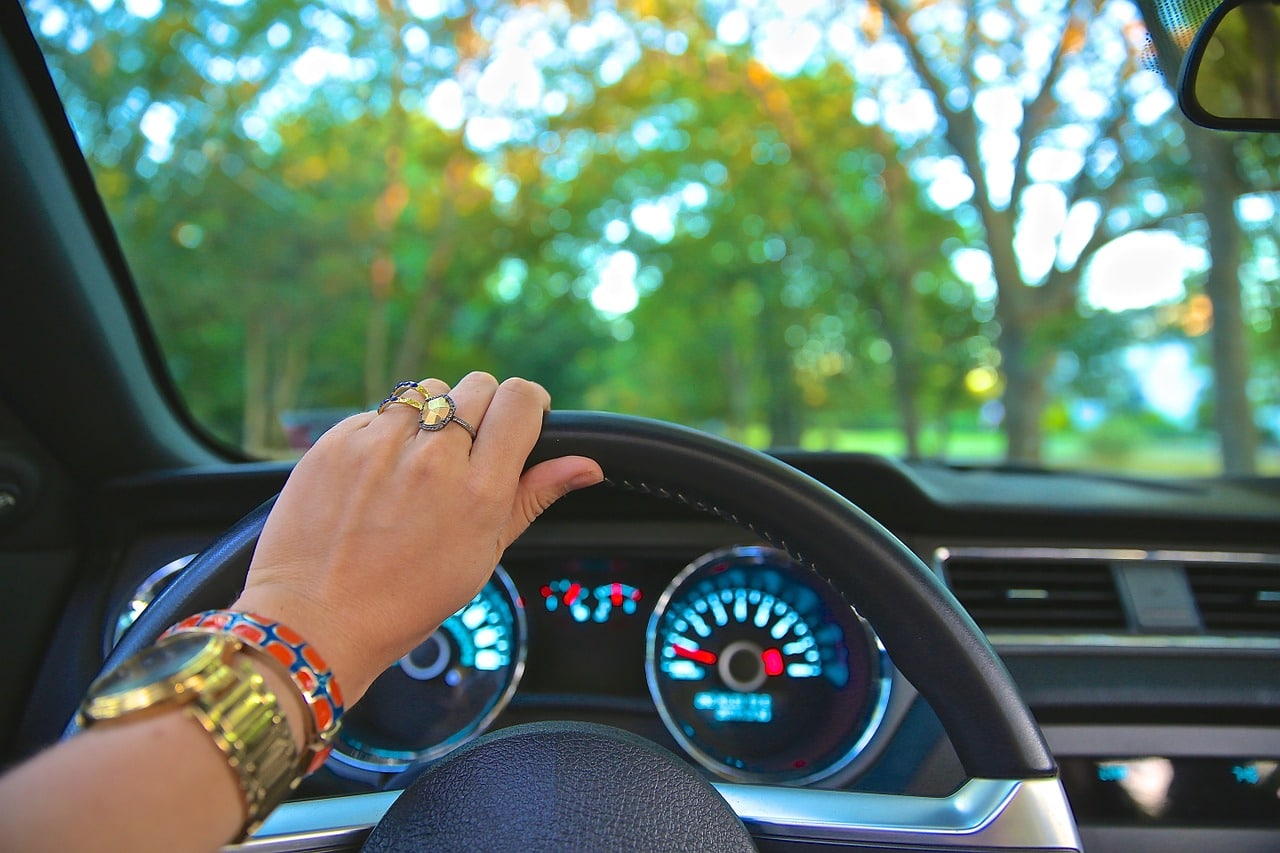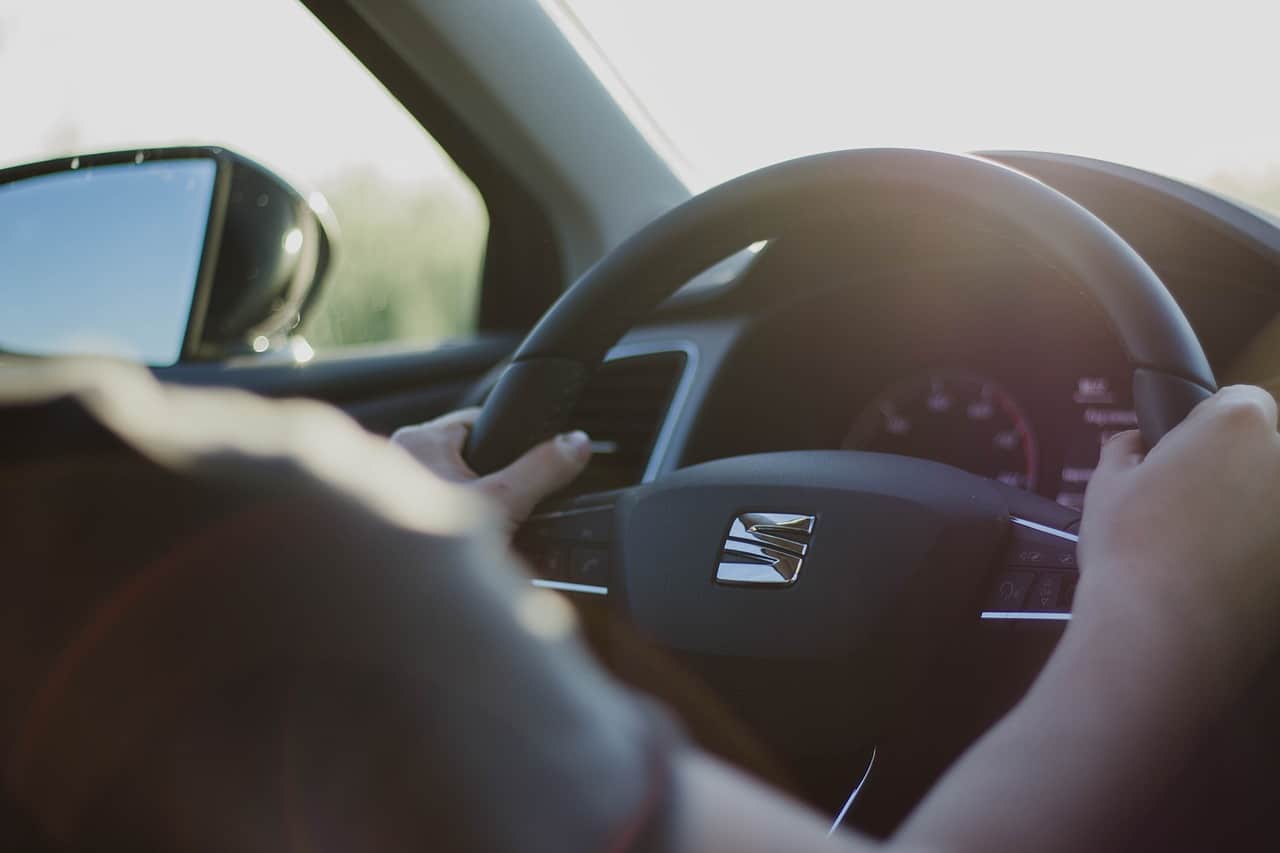As a mother of a teenage child, you are constantly reminded of the outside world dangers. However, you can’t isolate your child, and because of this reason, you have to do everything in your capabilities to make sure that you are always prepared for a variety of circumstances. When teenagers are learning how to drive, mothers especially have normal concerns. Truth is, we all know that making mistakes is the best way of learning something, and the same goes for driving. Regardless, mothers of teenage children should know how to protect them from the worst. Below are some tips and pieces of advice that will certainly help you.
IMAGE: PIXABAY
Your Fears Are Motivated But Don’t Let Them Put A Strain On You
The more you learn about a topic, more issues and problems you are likely to identify. This is a general rule for all subjects. The media is constantly reminding us that the number one cause of death for those aged 15 to 24 is car accidents, and this can’t be reassuring.
However, you should try and get involved as much in your child’s learning experience. This will help you get a better insight on their understanding and preparedness and will decrease the anxiousness that you experience. Attend their driving practice and see how they assimilate all the practical skills they need for defensive and safe driving. Get involved in their license studies as they will most likely need somebody to explain to them some notions and concepts. If you have a driver’s license, you are more than qualified to help.
Make Them Drive You
After your teenage child is getting their driver’s license, a great way to remain calm and check their driving skills is having them drive you around. Whether is to the grocery shop and back home, or for lengthier trips, it’s always great to see for yourself that your teenager is doing great. If they still don’t master the wheel as you would like, you are free to make recommendations. However, make sure that you don’t sound aggressive.
The best way to make recommendations is to first observe their skill levels and take mental notes of all potential mistakes that were made. Afterward, ask if they are willing for some feedback on their driving manner. If they see that your attitude is not an aggressive one and that you are full of good intentions, they are more likely to receive those tips open-heartedly.
Boundaries Are Still Good
Yes, your teenager might have their own driver’s license now, but you get to decide when and how much they’re entitled to use it. Make sure that they understand their limitations, responsibilities, and obligations. Inform them about your expectations as well. They must know that they have to take good care of the vehicle while driving it, but most importantly, about their safety.
Let them know that any sort of reckless behavior while driving, will leave them without access to a vehicle. Bond an alliance with your partner and have them reinforce your expectations for your teenager. A common ground is more likely to make your teenager properly behave when driving.
Discuss Legal Matters With A Personal Injury Lawyer
Even if such events don’t occur ever, it’s very important to discuss various legal matters with a personal injury lawyer or solicitor in advance. Get to know all the implications of a similar claim when your child is involved in a car accident, especially when it’s not their fault. If the circumstance ever occurs, this will save you plenty of time and resources, especially if you search for no win no fee solicitors.
Make sure to get informed on whiplash claims, as these are some of the most common injuries that occur in traffic. A discussion with a professional solicitor will offer you a better perspective on how you should prepare in case of such events.
Invest In Vehicle Safety Devices
Prevention is always better and you should make sure that you invest in all the devices necessary that will increase your teenager’s safety while driving. Reverse cameras, parking sensors, but also sneakier devices such as Verizon’s Hum will let you know the approximate location of the vehicle, as well as the average speed at which it travels. These systems can be installed on every vehicle and send live data directly to your computer or smartphone.
Also, your teen can call roadside assistance when in need, directly through those devices. The Hum system automatically calls emergency numbers when necessary, so this will add an extra safety belt to your teen driver.
Maps Are Important – Teach Them How To Read Those
And no, we are not discussing map apps. We are now discussing paper maps. This will offer your teenager a better perspective on their whereabouts but also make them more confident behind the wheel. By using paper maps, they are more likely to learn the major cities in the state, major roads, city boundaries and even neighborhood boundaries and interest points, which will make them less likely to get lost.
Be A Role Model For Your Child
The best way to make your teenager follow important driving rules is by offering a good example. Make sure to always wear your seatbelt and stay under the speed limit. Avoid checking your phone when driving, if you want your teenager to do the same. Remain patient regardless of the circumstance and avoid dangerous behavior when driving. If you’re not an exemplary driver, your child is unlikely to become one. this is a learned behavior and if they see you check your phone every several minutes when driving, there shouldn’t be any surprise that your teenager will do the same.
These are some of the best ways to make sure that you remain calm and always prepared after your teenager will pass their driver’s license tests. While you can’t be perfectly safe on the road, no matter how good you drive, there are some preventive measures they will certainly help.
If you are interested in even more lifestyle-related articles and information from us here at Bit Rebels then we have a lot to choose from.


COMMENTS